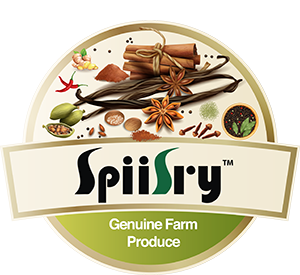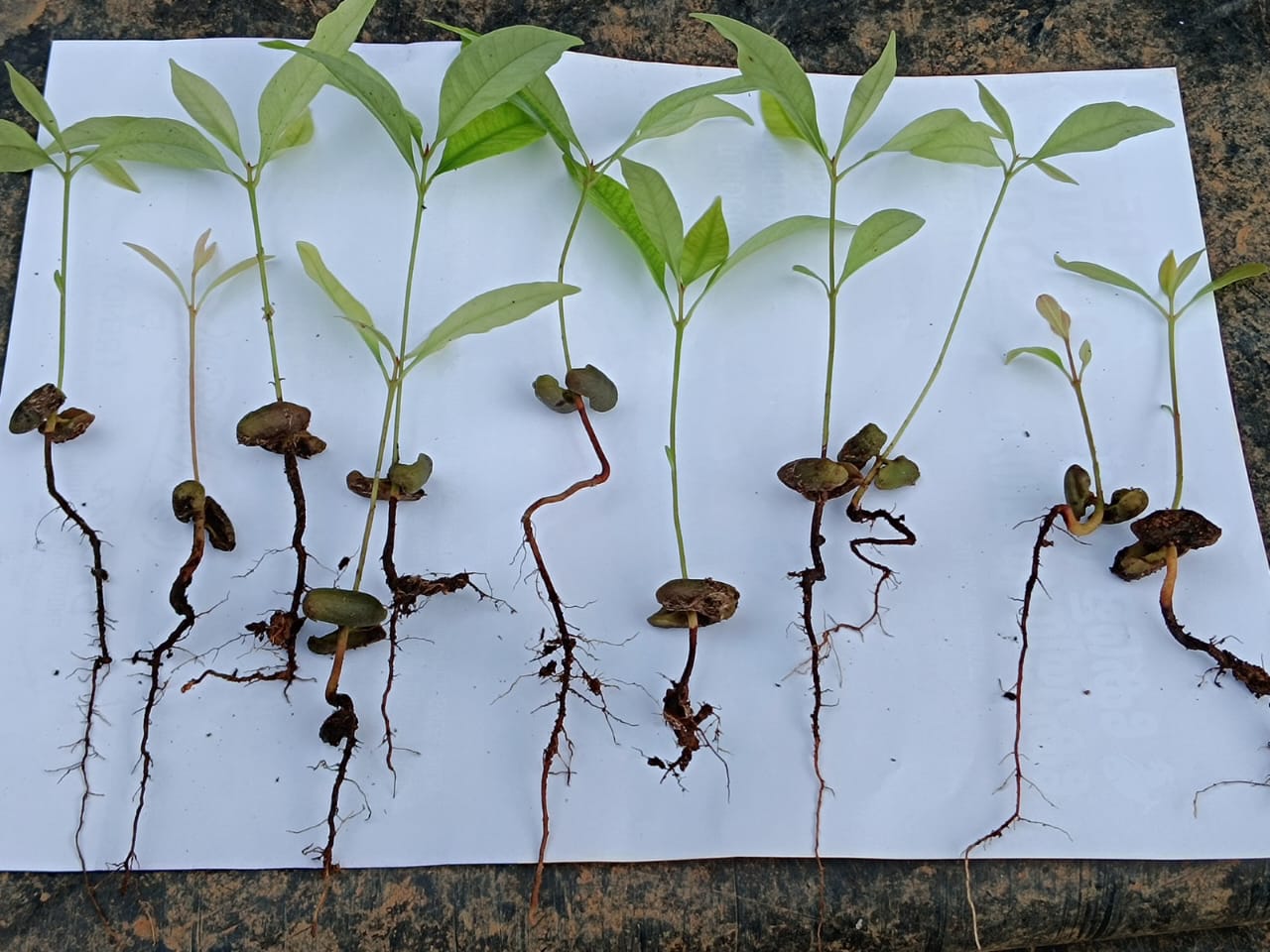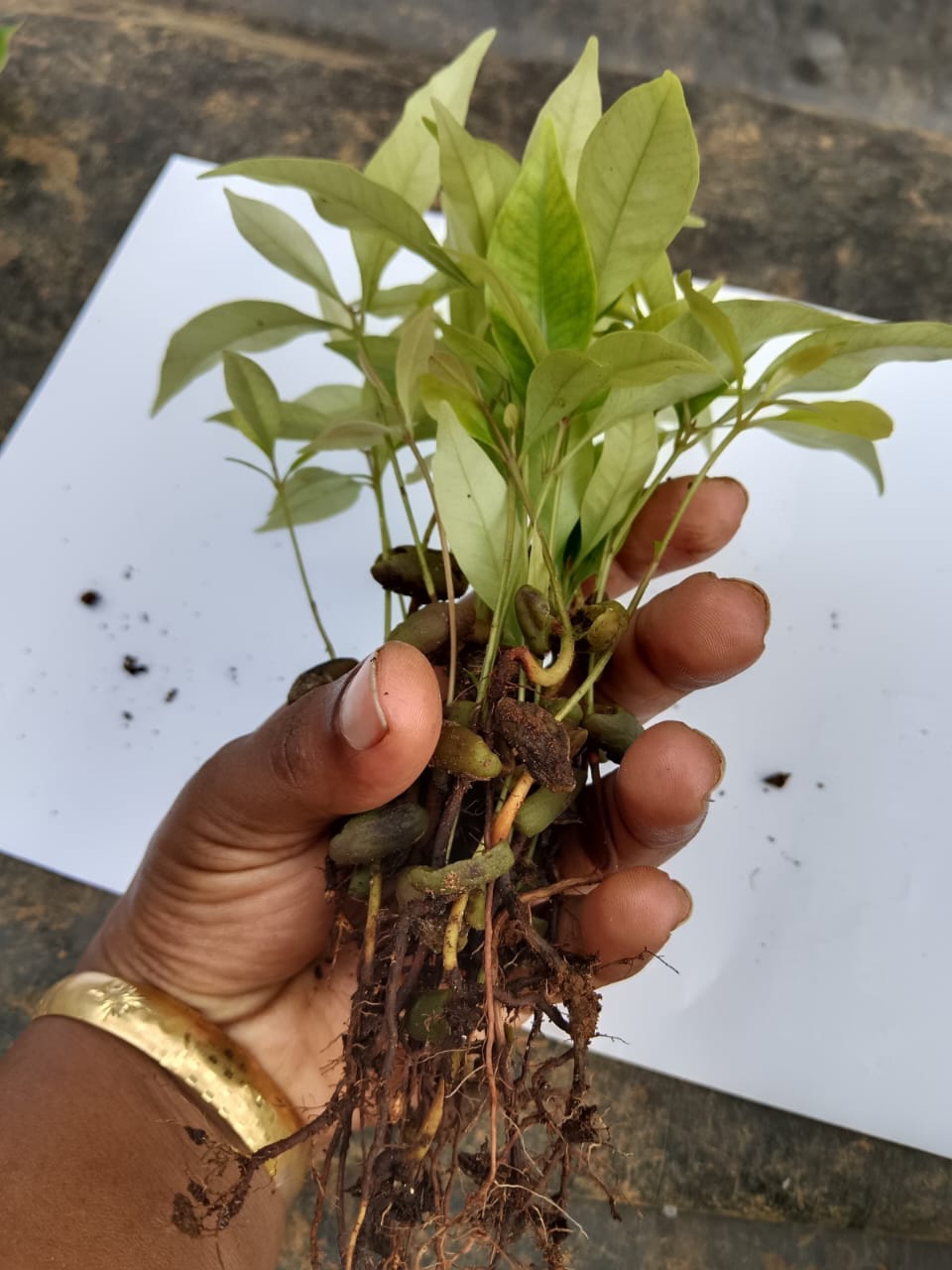Description
Bearing small, reddish-pink flower buds, the clove tree (syzygium aromaticum) is a slow-growing but long-lived
evergreen tree—it can easily survive to its 100th birthday and beyond. The clove tree trunk is known for its
smooth bark and either green or grayish-yellow aromatic foliage.
The dried flower buds of the tree are used as a culinary spice to flavor an array of food recipes, drinks, and
desserts. Its distilled oil is used in some perfumes and is added to flavor a variety of other products.
Clove trees are native to the Maluko Islands of eastern Indonesia, and their name is believed to be derived from
either the Latin word "clavus" or French word "cloud." Today, the clove tree is commercially grown in India,
Jamaica, the West Indies, Brazil, Sumatra, and other tropical climates.
Clove Tree Care
A clove tree will begin blossoming within six to 10 years after planting and will reach full maturity (and
produce the best harvest) at 15 to 20 years old.
Clove trees are quite delicate and will grow fairly slowly. It will take about four to six months to harvest the
spice crop from the buds (when they're less than two centimeters). The optimal harvesting time is when the clove
buds change from a green to slightly pink color. Harvesting is a very delicate process, as the quality of yield
can be destroyed if branches are bent or broken.
Light
Clove trees will grow best in full sun to partial shade. Young trees prefer to receive some shade.
Soil
If the soil has good drainage, the clove plant will thrive in rich, loamy soil (preferably with organic matter).
Water
These plants require constant moisture. Some gardeners opt for a drip irrigation system for best results,
particularly during the summer months when the plants might require additional watering. Just be sure that the
soil doesn't become waterlogged or too soggy, as these conditions can lead to root rot. The clove tree will
require the most frequent watering during the first three to four years of its life.
Temperature and Humidity
Clove trees require a humid tropical or subtropical climate. Constant temperatures above 50 degrees Fahrenheit
are essential with ideal temperatures being in the range of 70 to 85 degrees Fahrenheit.
Fertilizer
Clove trees will grow and produce best when provided with regular fertilization. Well-composted manure can be
applied from May through June. In the early fall months, fertilizer can be applied in shallow trenches dug around
the plant.
Pruning
A clove tree does not require extensive pruning, though its branches can be cut back to the desired height after
harvesting. Remove dead or damaged branches and dead leaves at any time.
Propagating Clove Trees
Clove trees can be propagated by using cuttings; however, the much-preferred method is to propagate via seeds.
How to Grow Clove Trees from Seed
It's best to propagate seeds in the middle of the summer. Seeds should be planted immediately after harvesting.
After fruits are allowed to ripen on the tree, they will naturally fall, and their seeds can either be soaked in
water overnight or sown directly into the garden.
Don't cover seeds with soil, they require light to germinate. If you are germinating the seeds in a container,
cover the pots or seed tray with a piece of plastic to increase the humidity levels. The seed germination
process will take about six weeks.
Use fresh seeds because if the seeds are dried out they are less likely to germinate. If you are not able to
plant clove seeds immediately, it's best to store them in soil until the time is right.
Growing in Containers
Clove trees can be grown in containers, though they will not grow as tall as when planted outdoors. Containers
should be at least 18 inches in diameter and have a proper drainage system.
The pot or container can be filled about two-thirds full with moist (but not soggy) soil, and seeds can be placed
directly on top of the soil. If a clove seed is already rooted, then press it gently below the soil surface.
The container should be kept in a bright spot with access to indirect sunlight, preferably in a room with a
temperature that remains consistently between 65 to 80 degrees Fahrenheit.
Common Pests and Plant Diseases
Several diseases and pests can plague clove trees. Perhaps the most serious is Sumatra disease, a bacterial
infection that causes the trees to begin to die from the top down. While there is no cure for the disease, its
progression can be slowed by an injection of the antibiotic oxytetracycline. If the disease shows up around your
clove tree, you might want to use an insecticide that fights insects in the Hindola species, which are thought
to be the cause of the issue.
Clove trees can also suffer from eucalyptus canker, which happens when a fungus enters a wound. The best step
here is prevention. Avoid nicking the tree with tools or equipment and if the bark is punctured, treat them with
an antifungal paste.
In terms of pests, clove trees can be visited by coconut scale bugs, which are flat and oval and resemble a scale.
If you witness pale yellow spots on leaves or entire leaves turning yellow and brown and dropping too early, this
could be the cause. They can also fall prey to the Oriental fruit fly, soft scale bugs, and nematodes. Treatments.
include, respectively: bagging the tree's fruits when they emerge, using horticultural oil; and solarizing the
soil.



Reviews
There are no reviews yet.